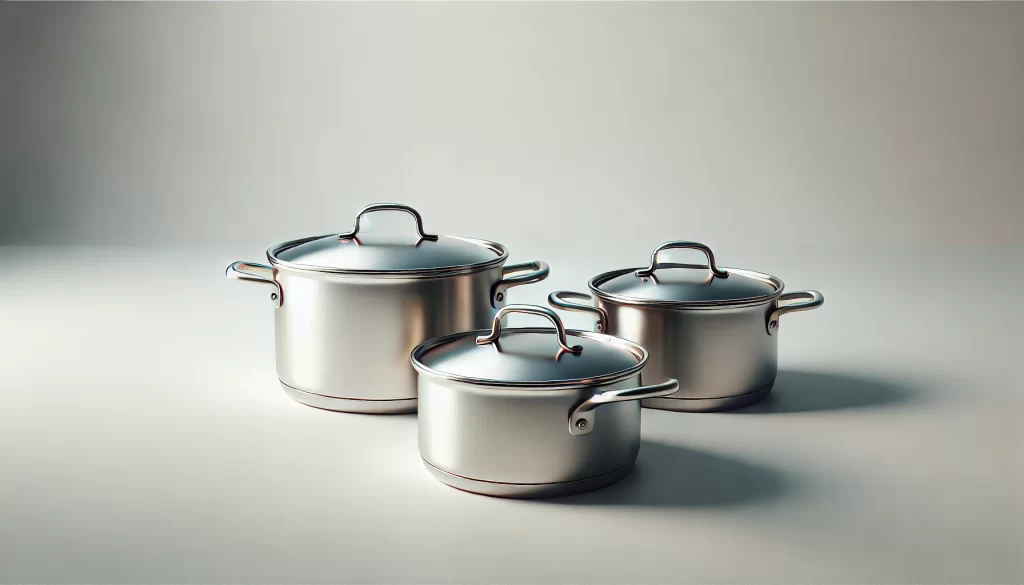
Definition and Characteristics of Bouclé Fabric
Bouclé fabric, pronounced “boo-clay,” is a woven or knitted fabric characterized by its small, looped, or curled texture. The name “boucle” comes from the French word for “loop” or “curl”. This unique texture is created by twisting two threads with different levels of tension, causing loops or rings to form in the fabric. Bouclé can also be made using fancy yarns that already have loops built-in. Despite its loose weave, bouclé is a robust fabric that feels soft and supple. The irregular surface can sometimes give the impression of being itchy, but the bouclé is quite comfortable to wear. Bouclé is known for being crease-resistant and retaining its shape well.
Table of Contents
Key Takeaways
| Aspect | Summary |
|---|---|
| Definition | Bouclé fabric has a looped or curly texture. |
| Characteristics | Popular in the mid-20th century by designers like Knoll and Chanel. |
| History | Luxurious texture, comfort, many colors. |
| Types | Made from wool, cotton, synthetics, and blends. |
| Uses | Fashion (jackets, skirts), home decor (upholstery, pillows). |
| Cost | Typically $90 to $300 per yard. |
| Durability | Durable with care; can pill, snag, fade. |
| Maintenance | Needs gentle cleaning and protection from harsh conditions. |
| Pros | Luxurious texture, comfortable, many colors. |
| Cons | Snags easily, special care, not pet-friendly. |
History and Origins
Bouclé fabric gained prominence in the mid-20th century, particularly in the 1940s and 50s, when it was used by renowned designers like Florence Knoll and Coco Chanel. Florence Knoll’s use of bouclé in her furniture designs highlighted the fabric’s ability to complement modernist aesthetics. Coco Chanel’s iconic bouclé jackets further cemented the fabric’s status in high fashion, notably worn by Jacqueline Kennedy.
Types of Bouclé Fabric
Bouclé fabrics can be made from a variety of fibers, including:
- Wool: Traditional bouclé is often made from wool, which provides warmth and softness.
- Cotton: Cotton bouclé is lightweight and breathable, suitable for summer clothing.
- Synthetic fibers like polyester: Synthetic bouclé can be more durable and crease-resistant.
- Blends like wool/polyester or wool/alpaca/mohair: These blended bouclés combine the best properties of different fibers.
Uses of Bouclé Fabric
Bouclé fabric has a wide range of applications:
Interior Design:
- Upholstery for furniture like chairs and sofas
- Throws, blankets, and decorative pillows
- Window treatments and other home decor
For more tips on creating a cozy home atmosphere, check out this article.
Apparel:
- Coats, jackets, and blazers – Bouclé is a popular choice for outerwear
- Dresses, skirts, and other clothing
- Scarves, hats, and other accessories
Other Uses:
- Carpeting and rugs
Materials Used in Bouclé Fabric
- Wool: A traditional bouclé is often made from wool, which provides warmth and softness.
- Cotton: Cotton bouclé is lightweight and breathable, suitable for summer clothing.
- Synthetic fibers: Synthetic bouclé can be more durable and crease-resistant.
- Blends: Blended bouclés combine the best properties of different fibers, such as wool/polyester or wool/alpaca/mohair.
Cost of Bouclé Fabric
Bouclé fabric is generally considered an expensive textile. The cost can vary depending on the specific type of bouclé, the quality of the fibers, and the intended use of the fabric. For example, high-performance bouclé fabrics like Crypton or Revolution can cost anywhere from $90 to $300 per yard.
Durability and Maintenance
While bouclé fabric is generally durable, it does have some vulnerabilities:
- Pilling: Small balls of fiber can form on the surface due to friction.
- Snagging: The loops can catch on sharp objects.
- Shedding: Loose fibers might fall off if the fabric is not tightly woven.
- Fading: Prolonged exposure to sunlight or frequent washing can reduce color vibrancy.
Proper care involves gentle cleaning, avoiding harsh chemicals, and minimizing direct sunlight exposure. For instance, wool bouclé should be hand-washed or cleaned on a gentle cycle, and dried flat to maintain its shape and texture.
Applications of Bouclé Fabric
Bouclé’s versatility allows it to be used in various applications:
- Furniture Upholstery: Commonly used on accent chairs, sofas, and pillows, bouclé adds a cozy and stylish touch to home decor. Its texture complements both modern and traditional styles.
- Fashion: Bouclé is used to make garments like jackets, skirts, and scarves. Chanel’s bouclé jackets are a classic example of its use in high fashion.
- Accessories and Decor: Bouclé is also popular for making throw pillows, blankets, and tote bags, adding a touch of elegance and warmth to everyday items.
Advantages of Bouclé Fabric
- Luxurious Texture: Adds depth and dimension to any item.
- Comfort: Soft and comfortable to wear or use.
- Aesthetic Variety: Available in numerous colors and patterns.
Disadvantages of Bouclé Fabric
- Prone to Snagging: The loops can easily catch on objects.
- Special Care Required: Needs careful maintenance to avoid pilling and shedding.
- Not Pet-Friendly: Pet hair can easily get trapped in the loops, making it less practical for homes with pets.
Conclusion
Bouclé fabric is both stylish and practical. Its soft, curly texture adds a touch of luxury to clothing and home decor. While it needs gentle care, it holds up well with regular use. Bouclé’s unique look and feel make it a great choice for anyone wanting to add comfort and elegance to their space.
